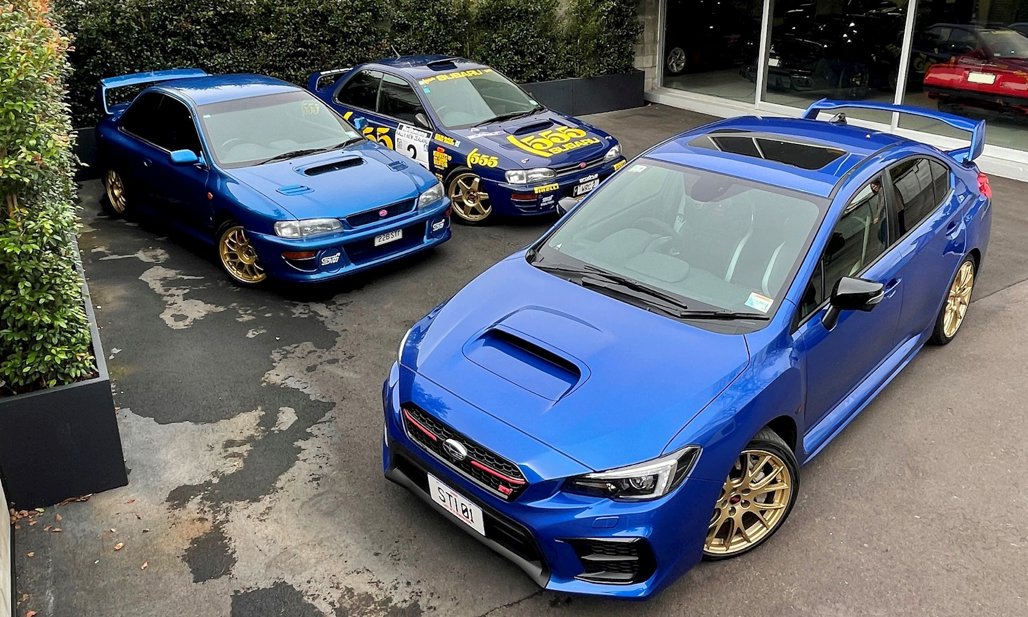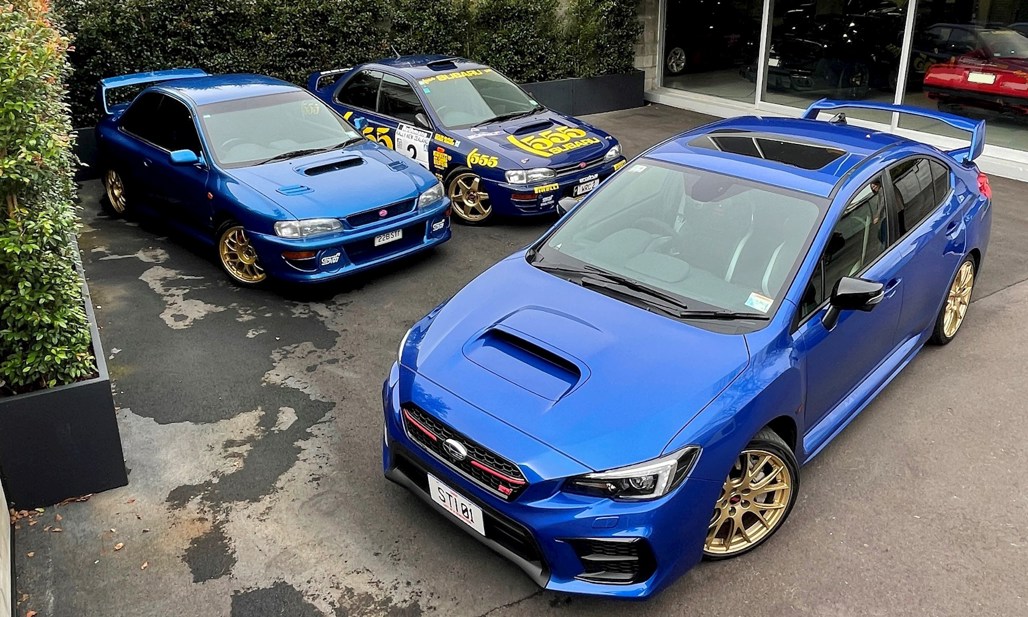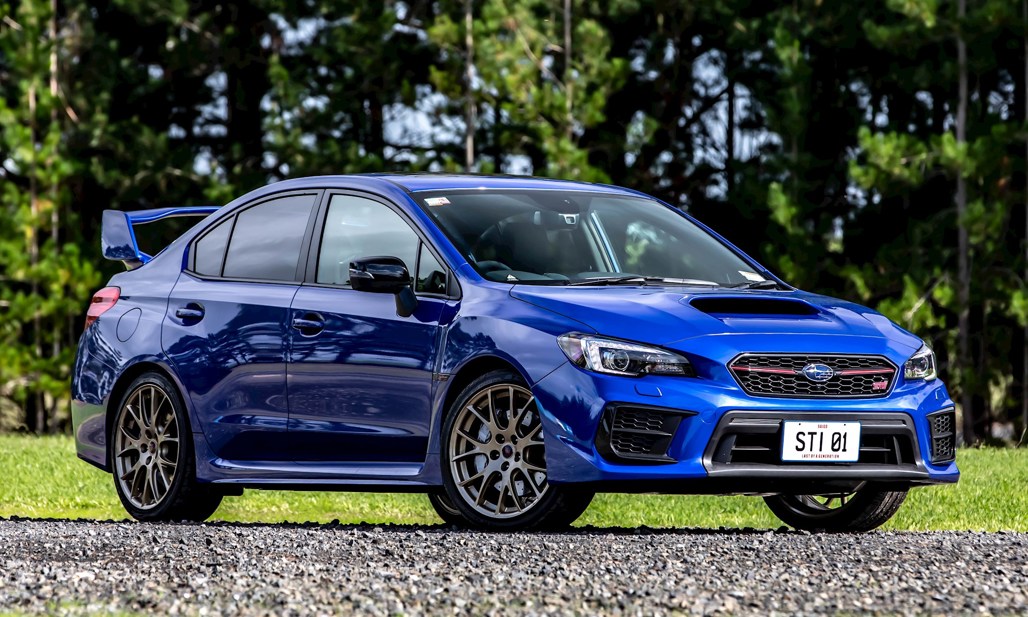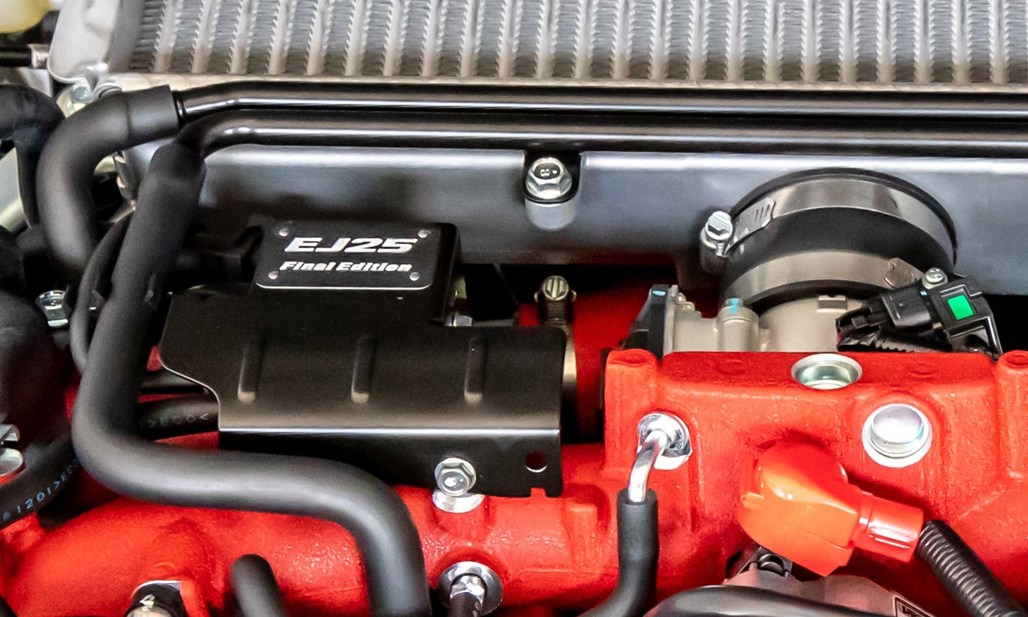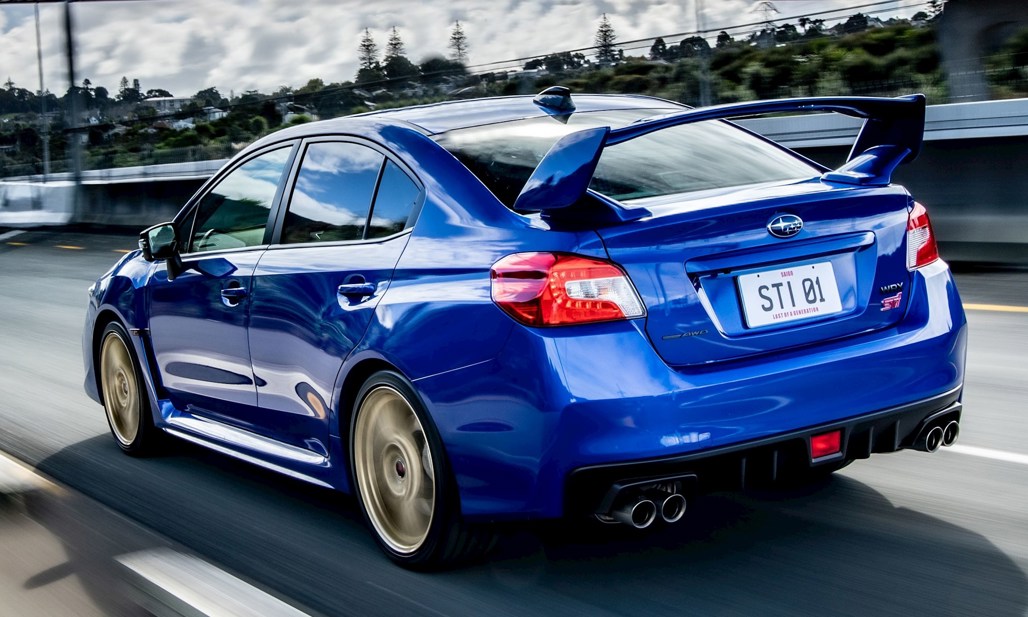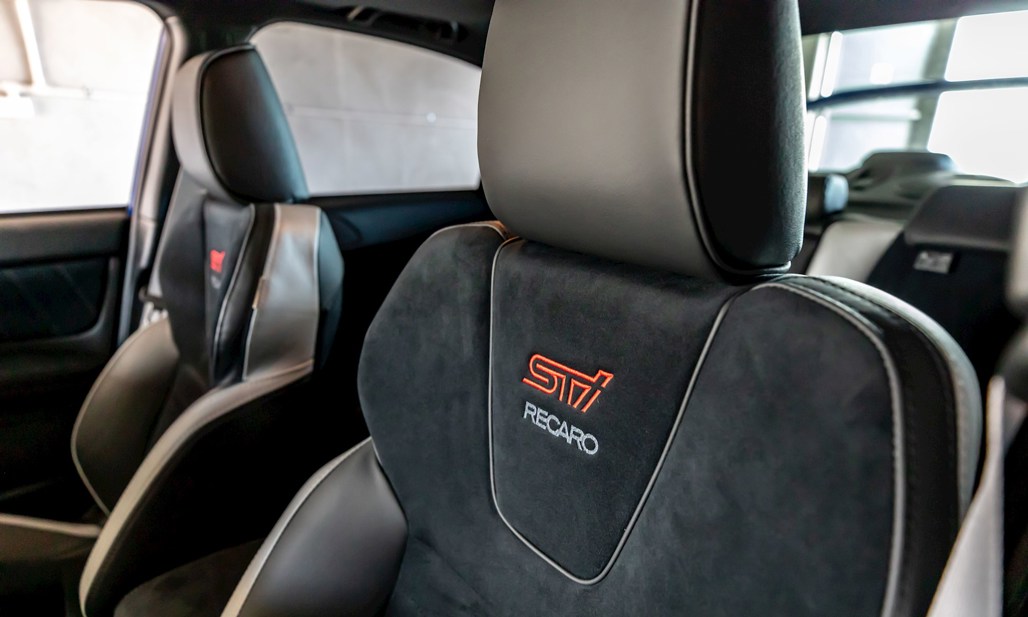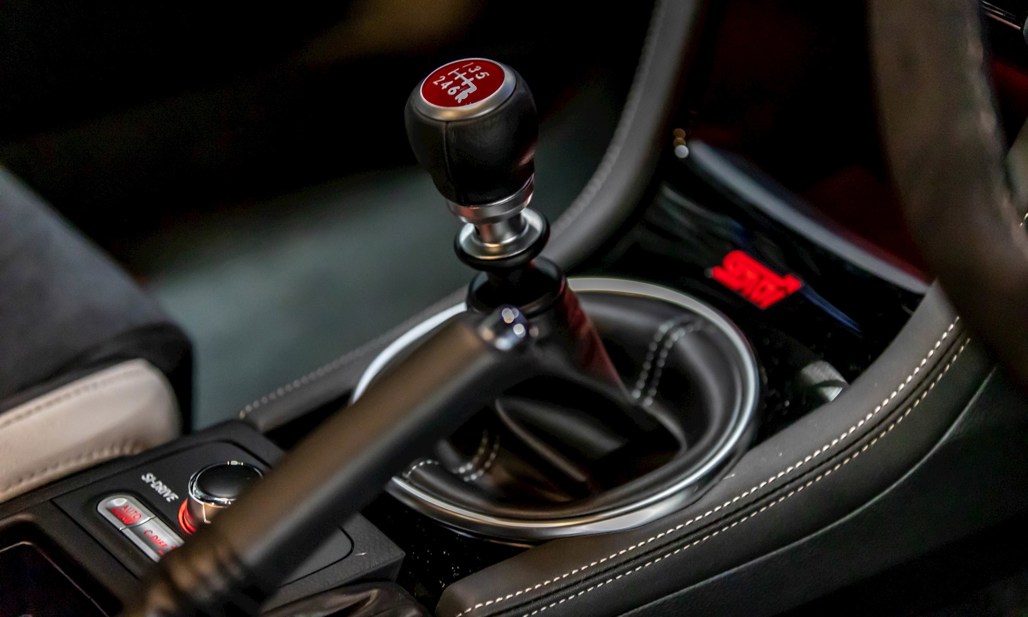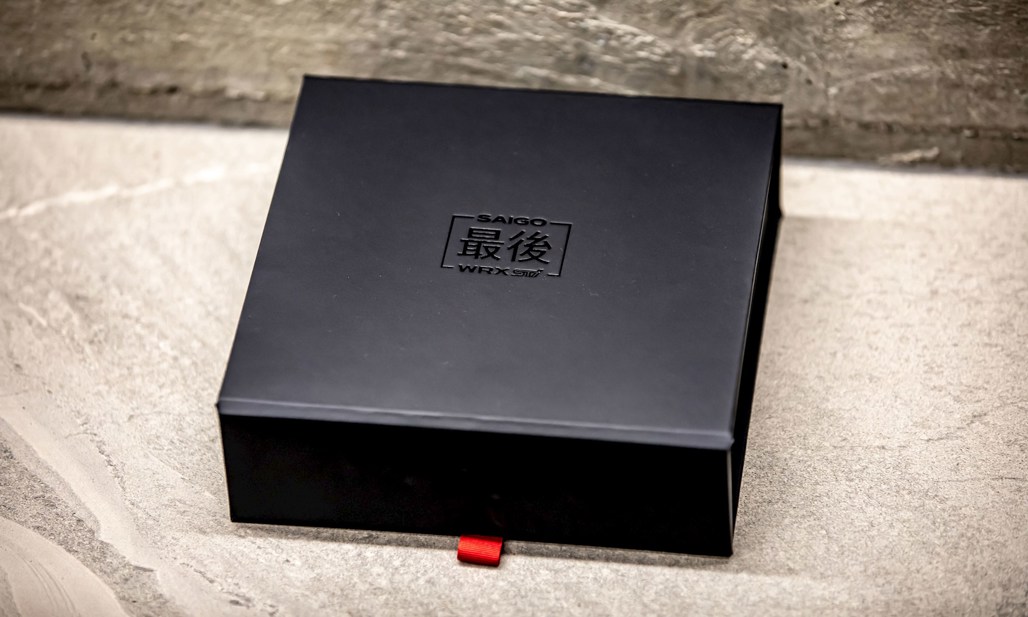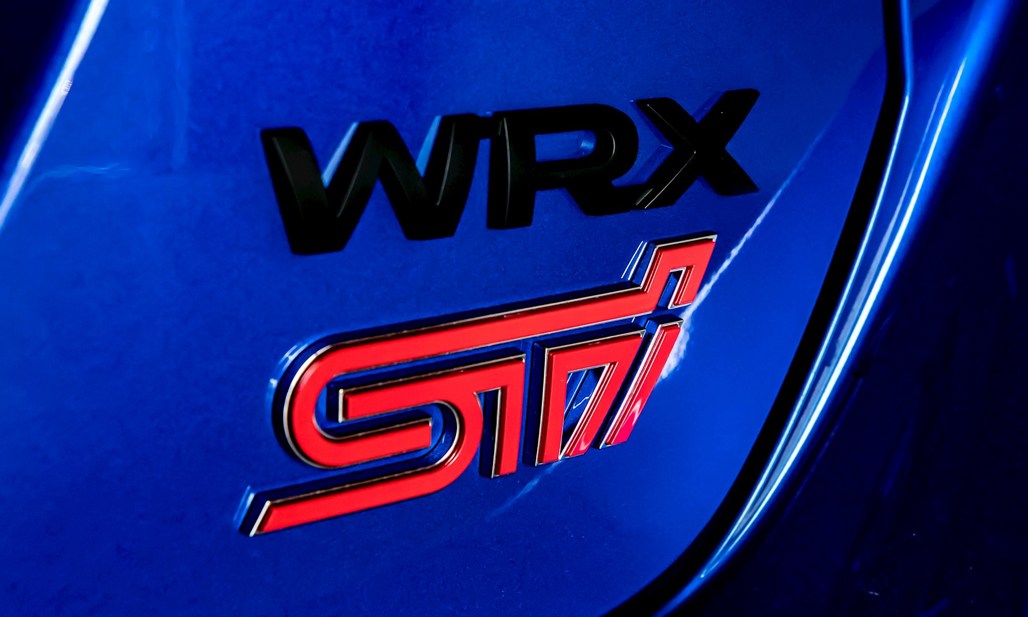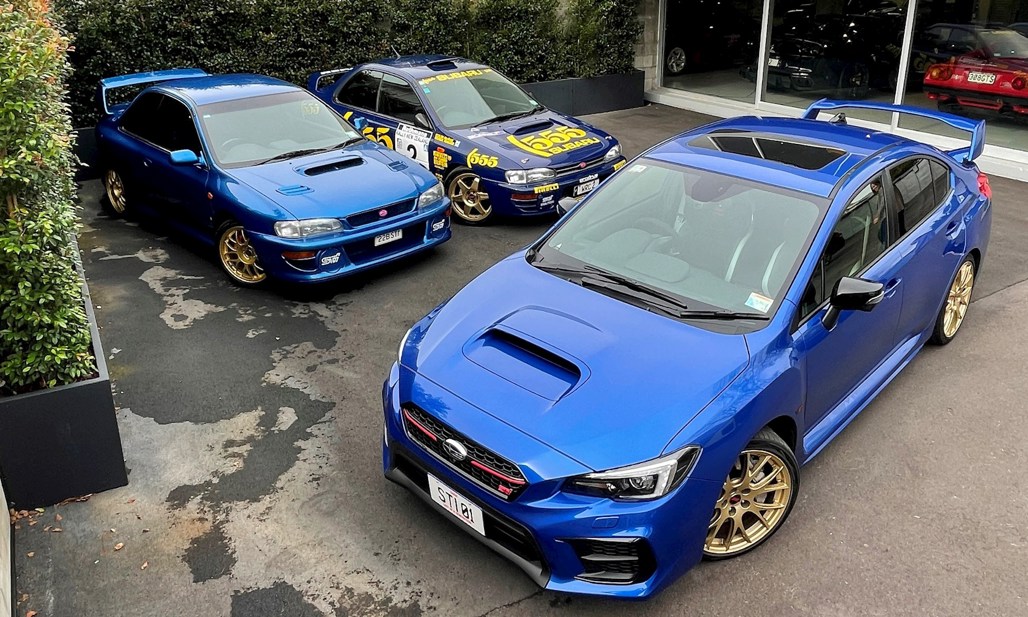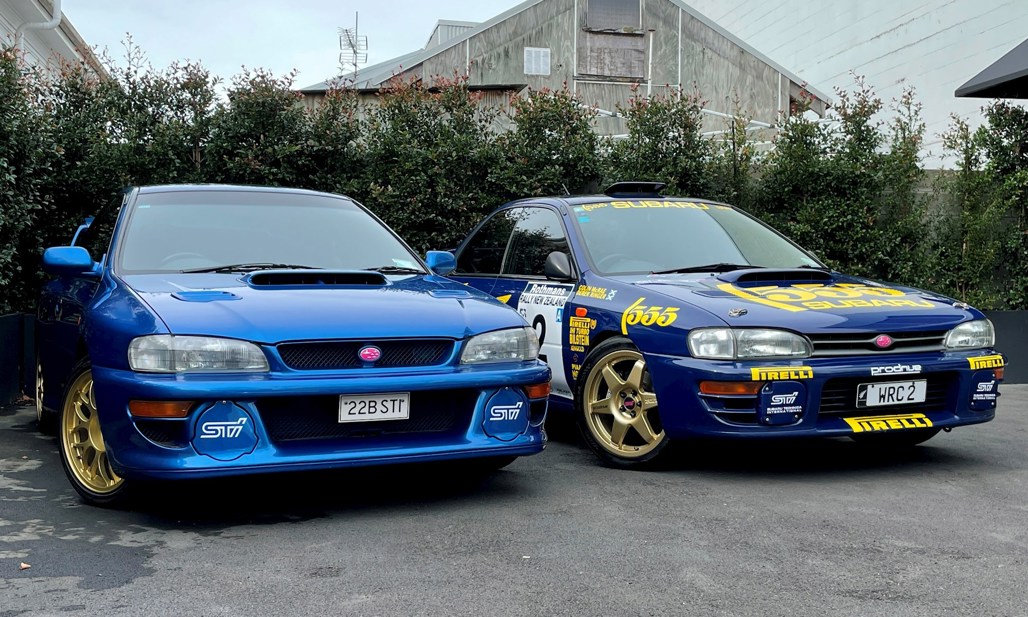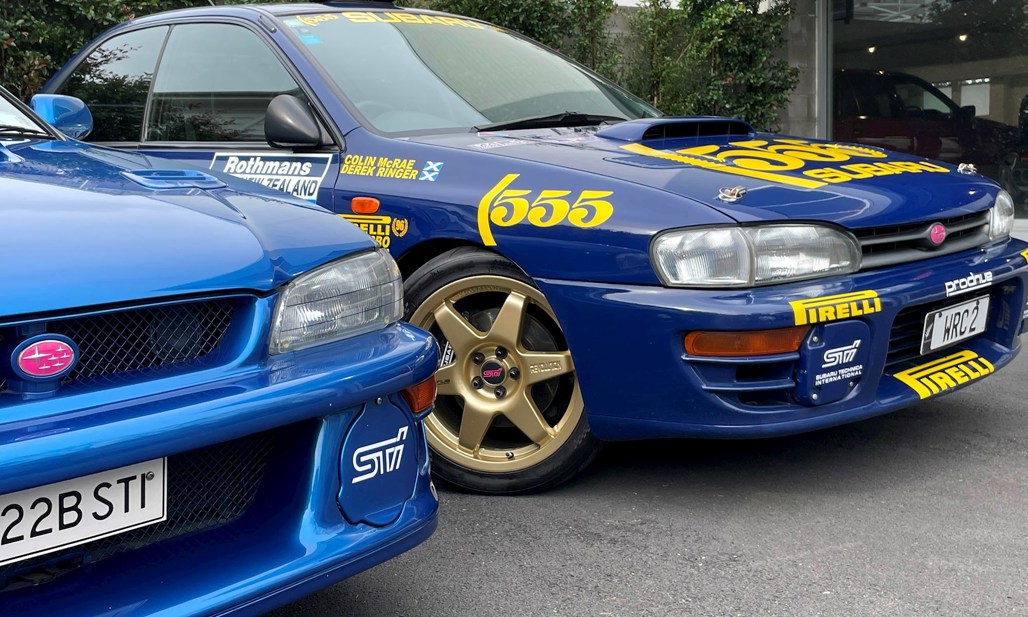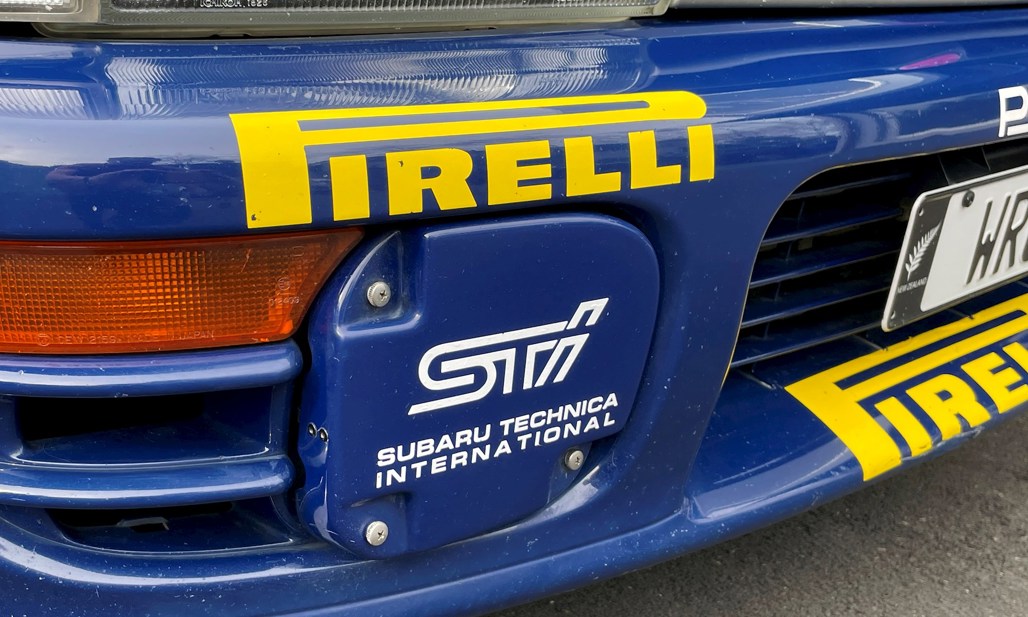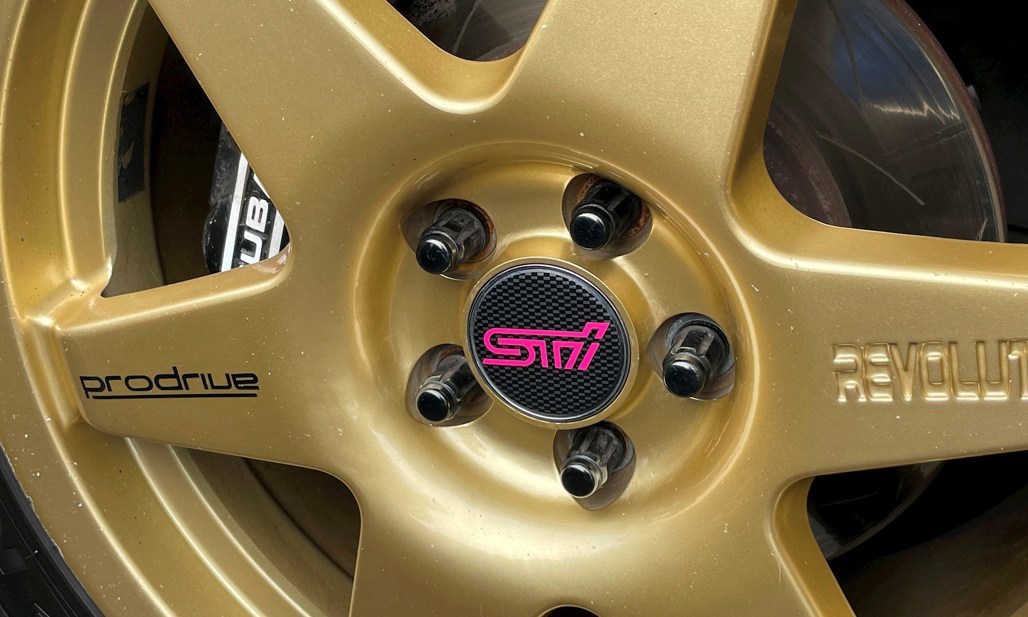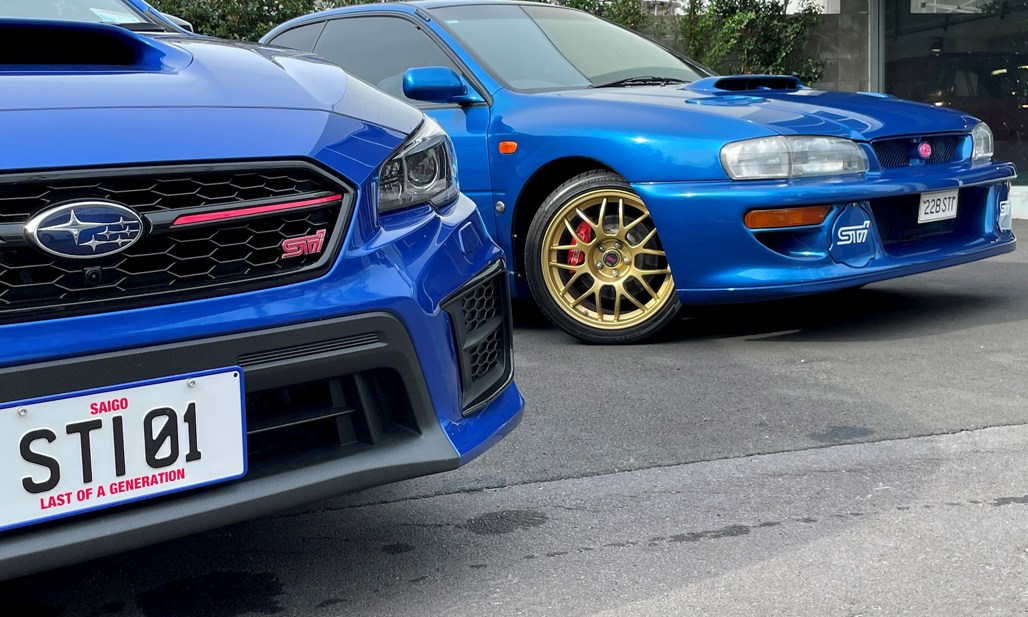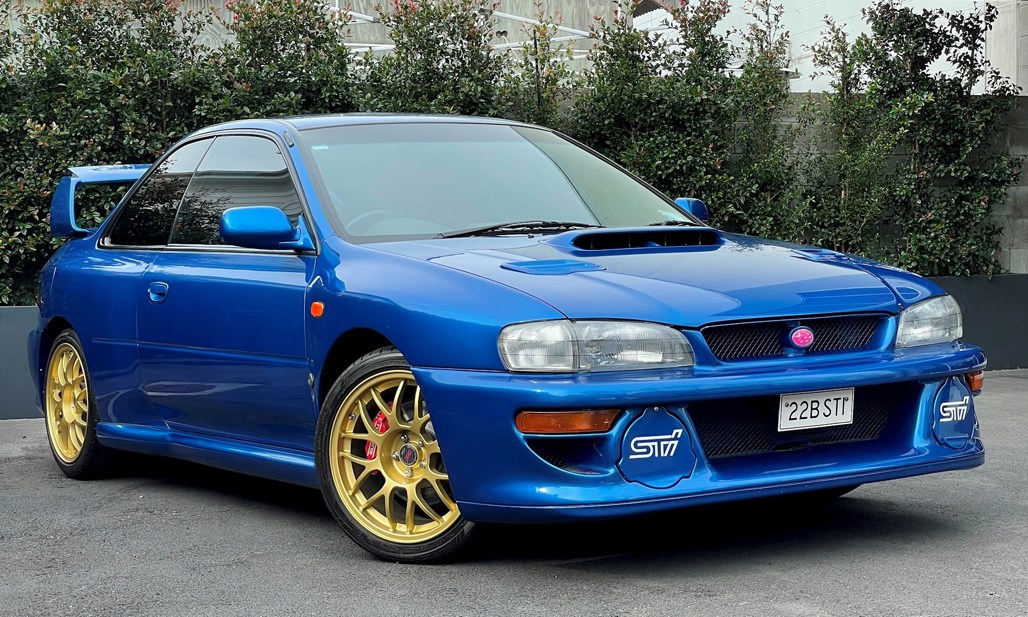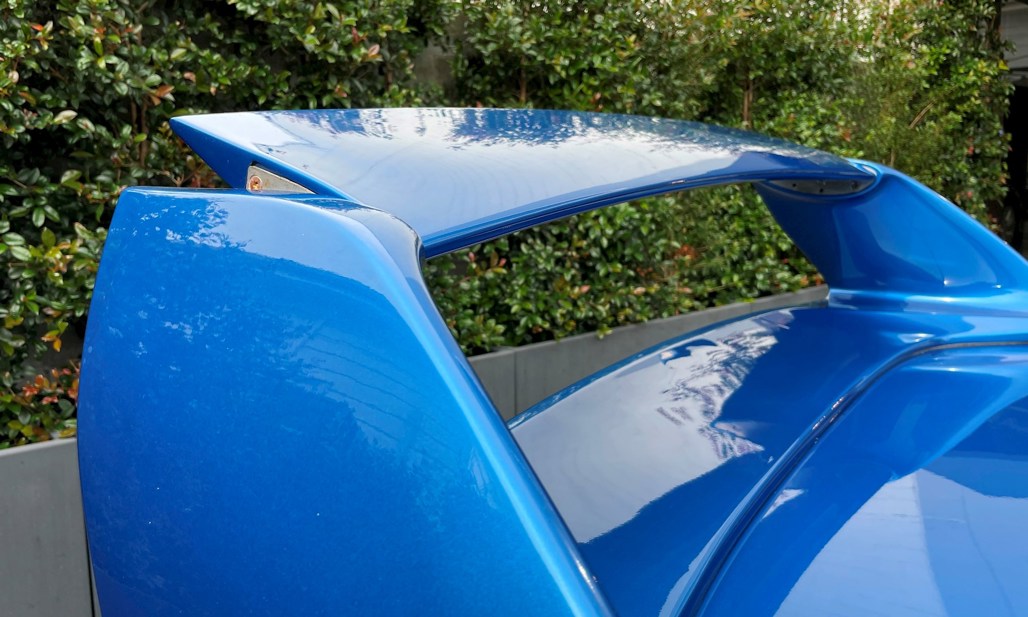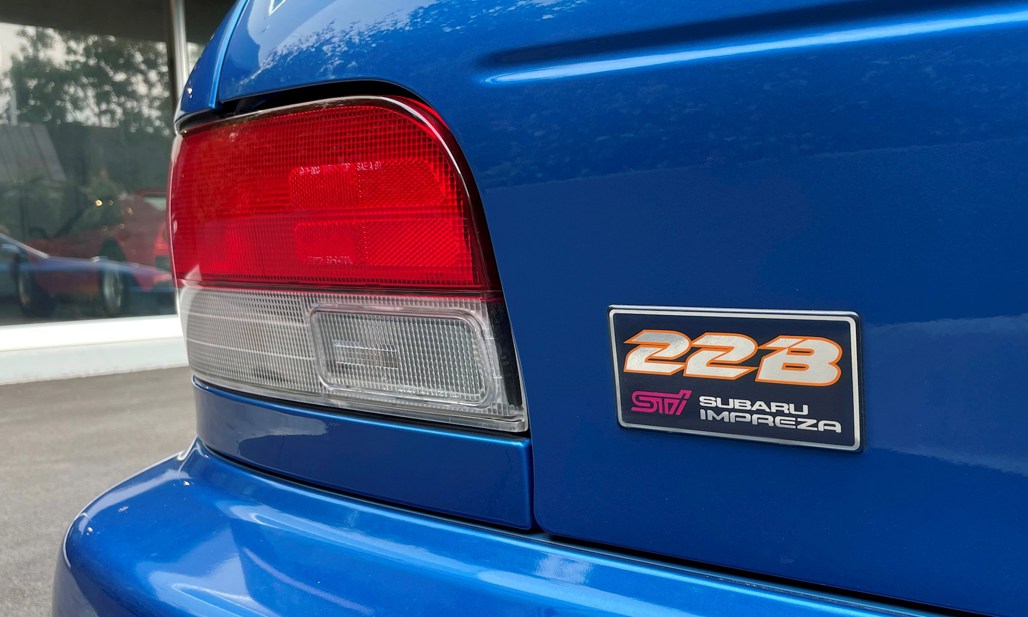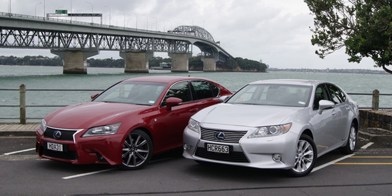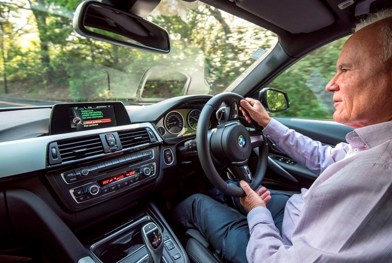Meet the Subaru WRX STI Saigo. “Saigo” means “last” in Japanese, but you probably didn’t need to know that because we tested the WRX Saigo last year.
Two lasts? Well, that was the last edition of the standard WRX and this is the last edition of the more focused WRX STI. That’s a lot of signing-off to take in.
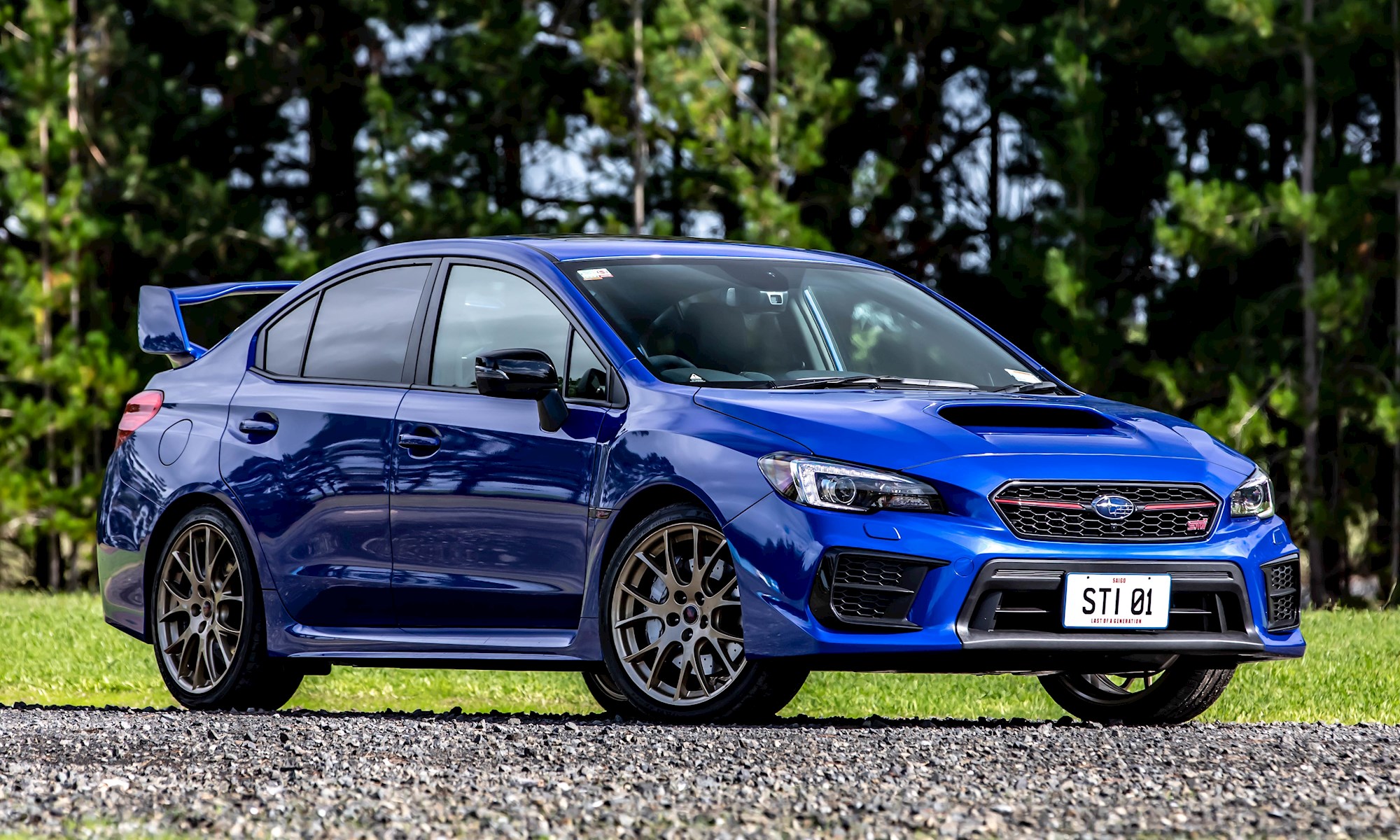
And despite much hand-wringing over the end of an era and the end of hard-core enthusiast cars as we’ve known them, it’s now certain that Subaru will do this all over again with the next-generation WRX/STI.
Current reports indicate the next STI will still be a turbo-petrol boxer four, probably a direct-injection 2.4-litre, with no electrification (at least not at launch), six-speed manual and of course full-time four-wheel drive. In short, a slightly more efficient version of the same thing.
Subaru will keep rebooting this 1990s legend as long as it can. So this STI should probably be called the Saigo But Don’t Stress Edition.
Subaru hasn’t competed in the World Rally Championship since 2008, but it’s all about heritage right? So this is the perfect time to reference our main image trio: the one with all the decals is a first-generation GC8 STi (launched in 1994 - thanks to Obsessive Car Detailing's Ryan Dobbs for our photo-shoot car), the two-door is the rare and coveted 22B STi (1998) and of course front and centre is our new STI Saigo test car (Subaru Tecnica International changed its designation to a capital “I” in 2006).
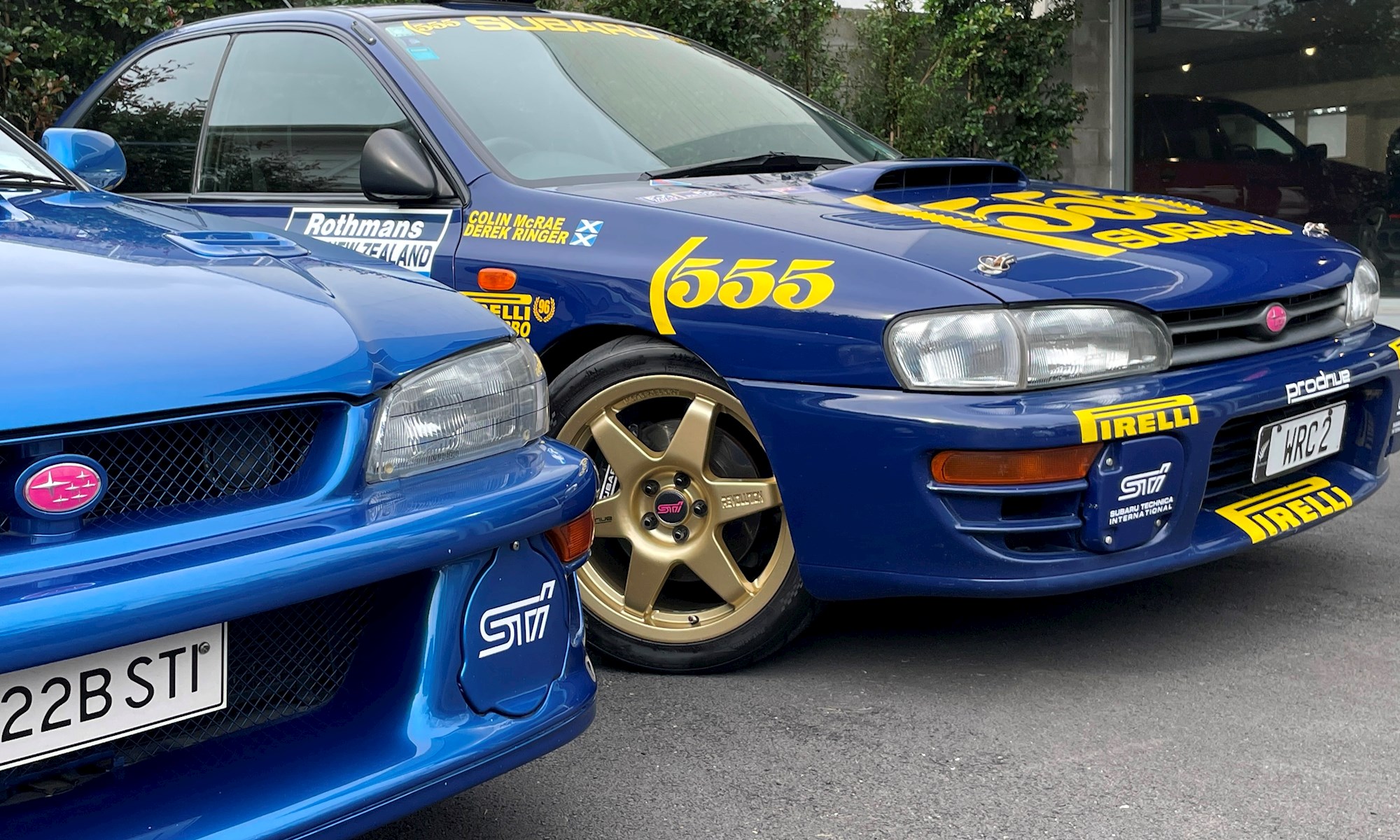
Or to put it another way: the first, the best and last. At least for now.
Between first and last, the basic formula hasn’t changed a whole lot. But the GC8 remains unique by being not just the first STi-badged production model of any kind, but also the only one to be tweaked by hand. Regular WRXs were plucked from the production line and modified by STi for the GC8 generation. After that, it became a full-on factory model.
The Type RA version of the GC8 introduced the Driver Controlled Centre Differential (DCCD), which is still a feature of the STI today.
Subaru NZ has offered 20 examples of the latest STI Saigo. Past tense, because they’re all sold. It gets the big rear wing, gold wheels, “EJ25 Final Edition” plaque on the engine cover, D-shaped steering wheel, matte carbon-effect dash panel, Recaro seats and silver seat belts/stitching.
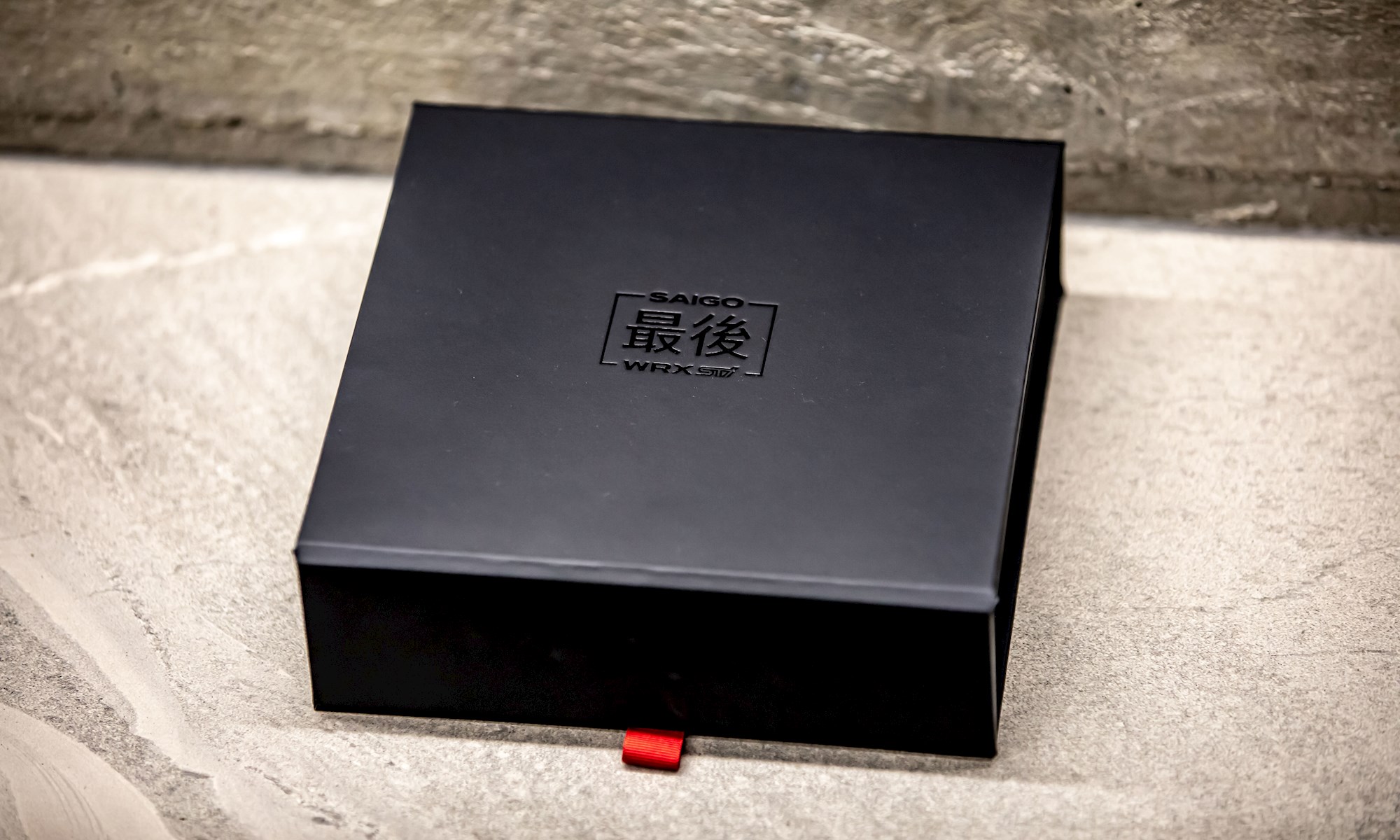
The Saigo key comes in a presentation box, with a numbered keyring and a model of a Nurburgring WRX STI, referencing the track that has acted as a proving ground (including plenty of competition events) for the model since 1992.
The latest STI is still very much an analogue car: flat-four engine with one (big) turbo, six-speed manual transmission with an actual clutch pedal, stiff suspension and four fat tyres sharing the traction.
If you mostly pop to the shops during your driving week, you’re going to want to stick with the regular WRX Lineartronic to indulge your rally fantasies. Around town the STI is hard to get off the line smoothly, turbo-laggy and too busy over broken urban surfaces. To the point where you might wonder what all the STI-fuss about.
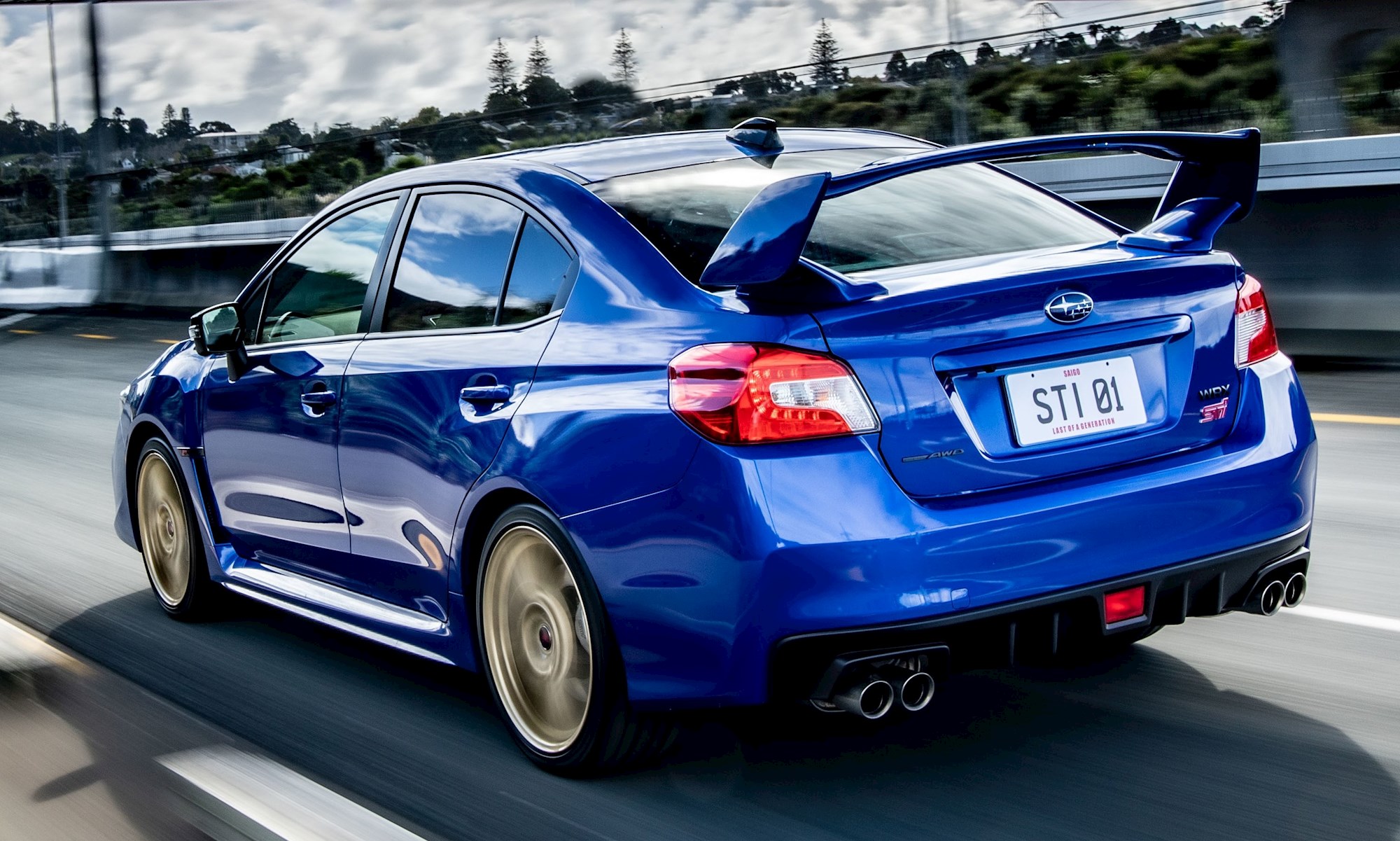
The secret is to, well, abuse it. You need lots of revs, a brutal clutch foot and a strong left arm to slam the gearlever home. And speed of course. Lots and lots of speed.
Then, the STI comes alive. The steering isn’t pin-sharp but it’s substantial, and you can get a wealth of information from the chassis if you send the right combination of messages through the Alcantara-trimmed wheel and throttle.
The STI appeals as an entertaining old-school idiosyncrasy to old people like me who remember the 1990s, but judging by my experience with my 15-year-old son’s school friends it’s also still highly aspirational to young people. Which is incredible when you think about it.
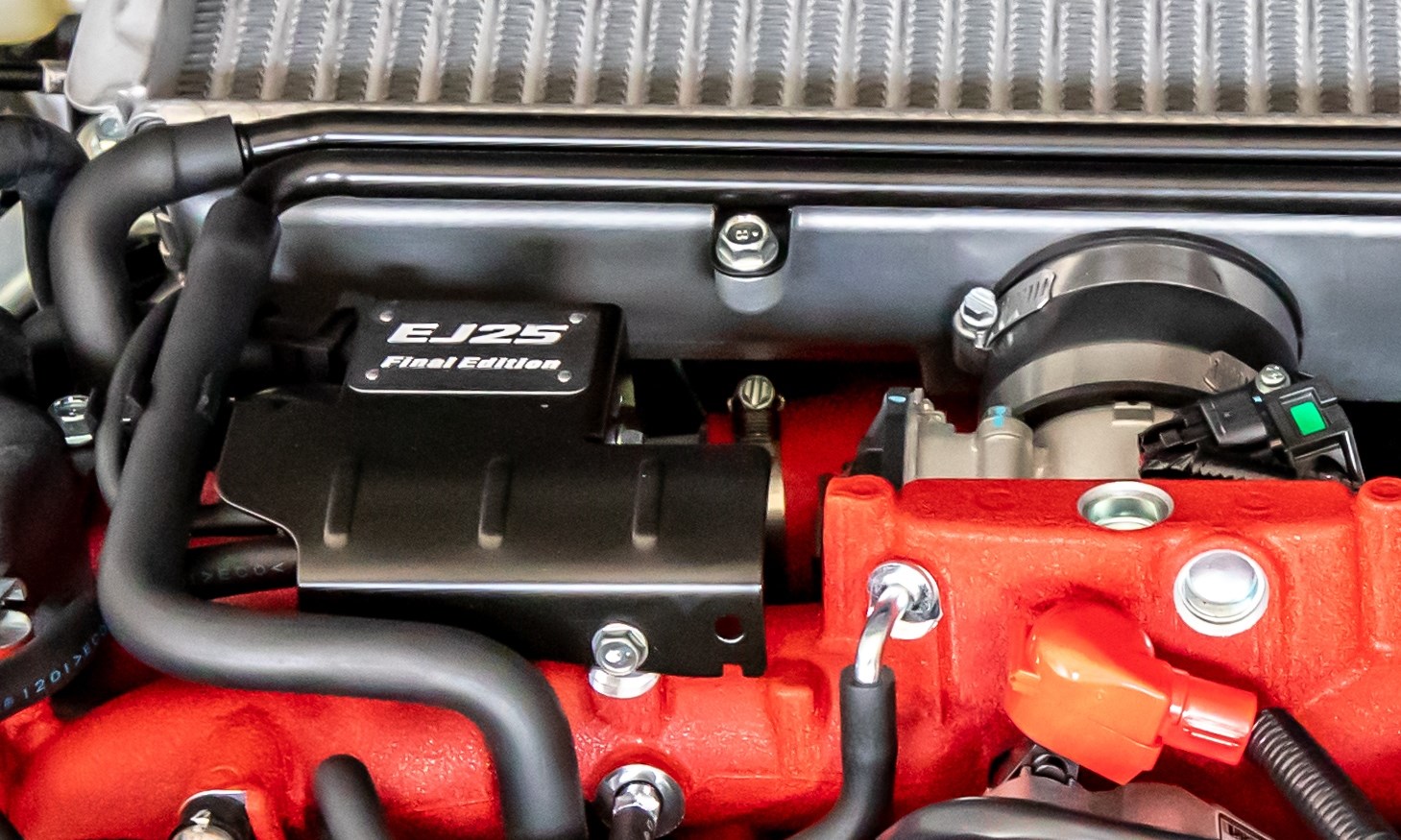
In short, it’s hard to drive and a real handful, but it seems there’s plenty of life left in the whole WRX STI concept yet. Which is good, because despite the name of this model, it seems there’s life for the STI in the next-generation WRX range too.
WHAT’S SO SPECIAL ABOUT THE WRX 22B?
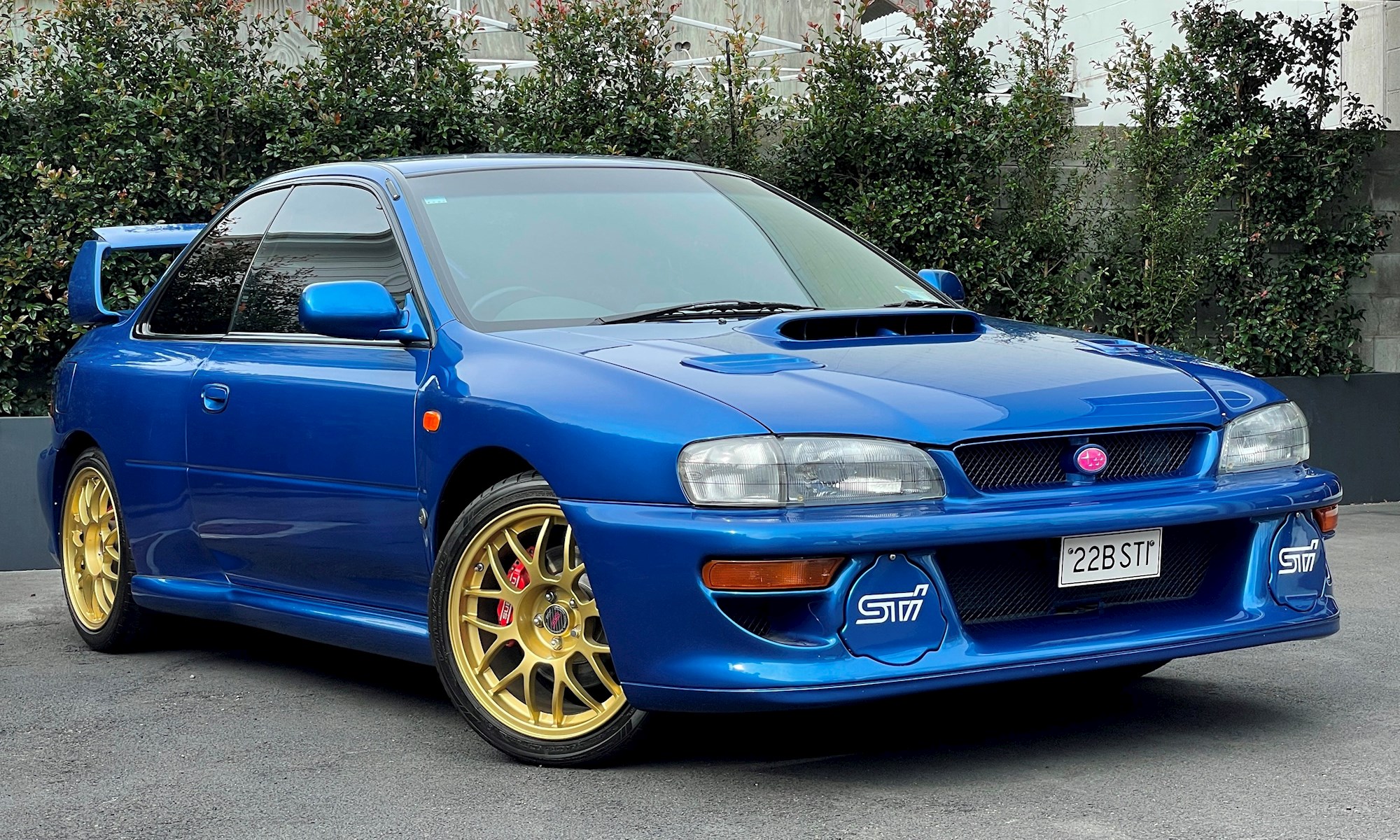
The 1998 22B STi is widely regarded as the best WRX ever made. It celebrated both Subaru’s 40th birthday and its third consecutive WRC Manufacturer’s Championship.
Just 424 were made (24 for export markets), in a unique shade of blue and a two-door bodyshell with flares from the WRC car (80mm wider than standard). The bonnet and bumper were unique, as was the adjustable rear wing.
The iconic status the 22B now enjoys is illustrated by the recent sale of Number 156 for over $430,000. Another sold for over $500,000 last year.
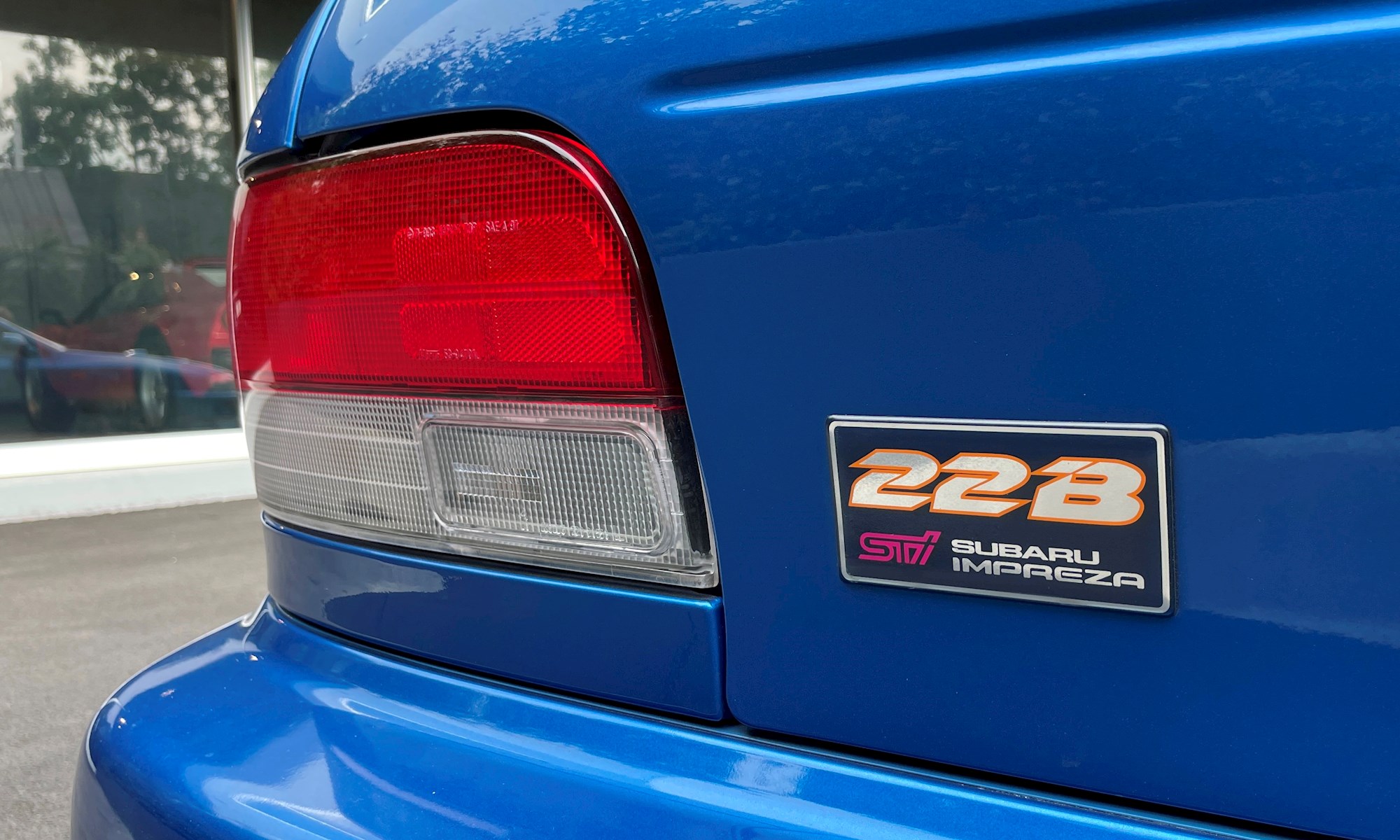
And the name? Much nerd argument surrounds this, but the obvious answer is that the “22” refers to the model’s enlarged 2.2-litre engine and the “B” is for the car’s Bilstein suspension.
However, “B” is also a Subaru factory code for a turbocharged engine, while – and this is where things get a bit weird – “22B” is also the hexadecimal representation of the number 555. British American Tobacco State Express 555 is of course the cigarette brand that famously sponsored Subaru in WRC from 1993-2004.

